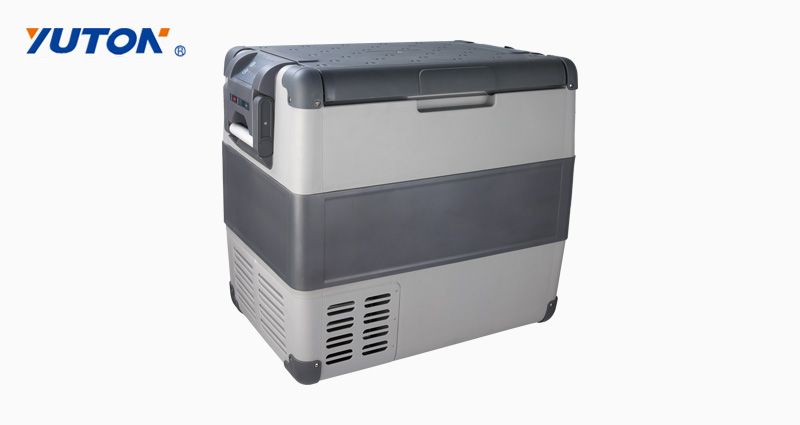Summary:Classification of cold storage room temperature
Cold storage is usually divided into four types of temperature: high temperature, medium and low tempe...
Classification of cold storage room temperature
Cold storage is usually divided into four types of temperature: high temperature, medium and low temperature, low temperature and ultra-low temperature. Different ingredients require different temperatures.
YT-B-75PX Hot Sale 58L/17L Portable Refrigerator
Features:
1. Unlike ordinary household refrigerators, it can be moved and used. The compressor is shock-resistant and can be operated at an angle of 30 degrees.
2. Intelligent circuit control system, with fast cooling, electronic temperature control, emergency switch, memory recovery, energy saving and other functions, more convenient to use.
3. The door cover can be removed for easy access to items and cleaning inside the box.
4. The built-in LED indicator of the refrigerator is convenient for night use.
5. Ergonomic handle design, strong and durable.
6. Built-in basket for easy access.
A. High temperature cold storage
High-temperature cold storage is what we call cold storage and fresh-keeping cold storage. The temperature is usually above 0 °C, and it is usually used to store fruits and vegetables, eggs, medicinal materials, wood preservation and drying. About 0 ℃, the air cooler is used for air cooling.
B. Medium and low temperature cold storage
The medium and low temperature cold storage is a high temperature cold storage, the temperature is usually within -18 ℃, and it is mainly used to store meat, aquatic products and products suitable for this temperature scale.
C, low temperature cold storage
Low-temperature cold storage, also known as freezer and freezer, usually has a storage temperature of about -20°C to -30°C, and uses air coolers or special freezing equipment to freeze food.
D. Ultra-low temperature cold storage
Ultra-low temperature cold storage, cold storage ≤-30 ℃, mainly used for special purposes such as quick-frozen food, industrial experiments, and medical treatment. Compared with the above three types, the applications in the market need to be slightly smaller.
